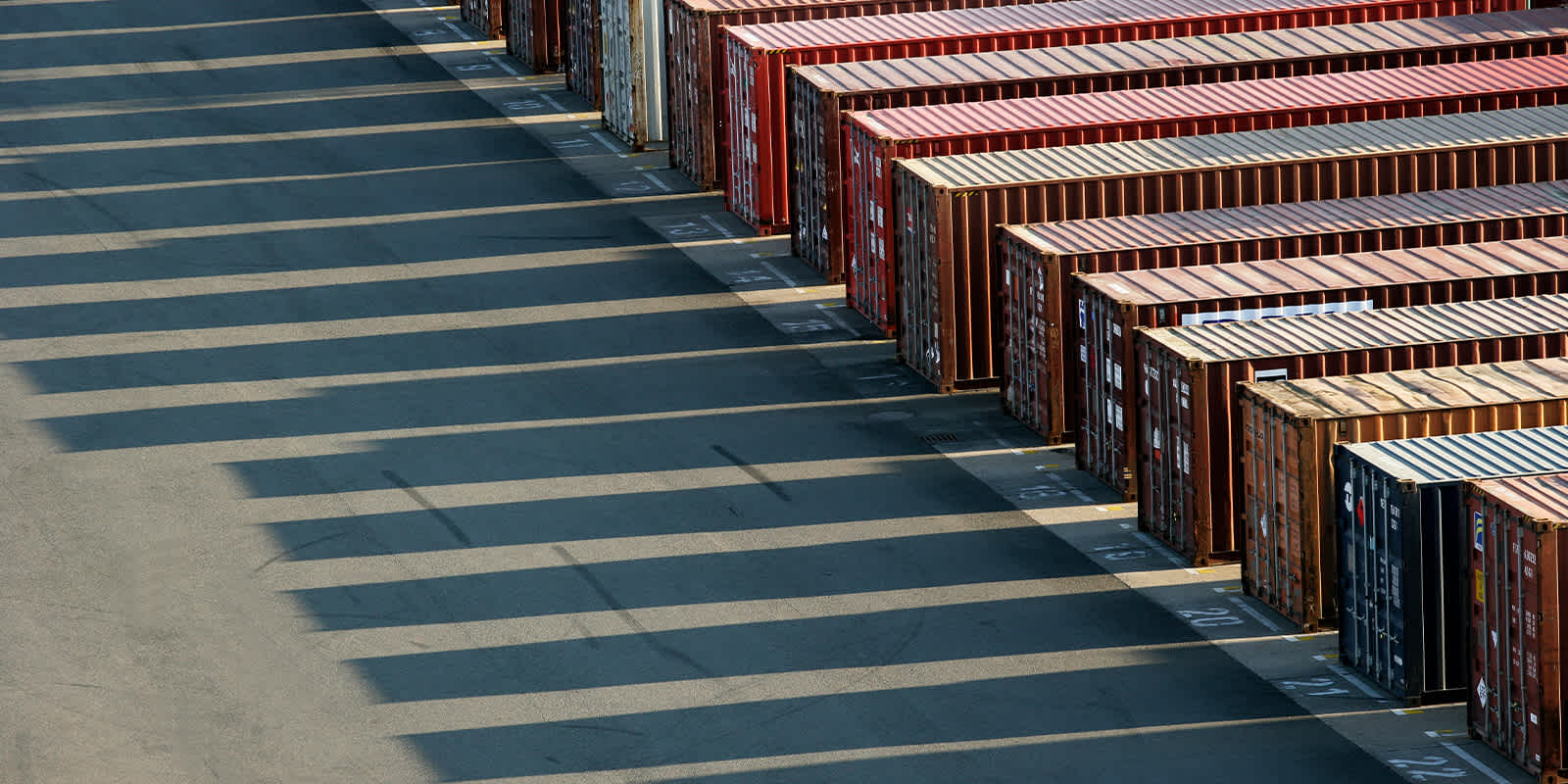
April 27, 2021
Live: Capacity Crisis Overwhelms Ocean and Ground as Demand Roars
Live: Capacity Crisis Overwhelms Ocean and Ground as Demand Roars
A mix of market factors has overpowered ocean freight capacity, knocking trucking off-kilter in its wake. The freight market has seen volatility before, but this time, shippers are left with few ports in the storm.
The month of May is likely to be punishing for companies that couldn’t secure space in advance. Last-ditch solutions could come to the rescue—but if they do, they’ll come at a price.
What’s Going on?
In short, a tsunami of demand has swallowed up capacity and equipment.
Start with this: Imports from Asia have broken records for the past nine months straight. As of March 2021, import volumes increased 80% year-over-year.
The usual Transpacific routes are booked solid. With 3 million TEU imported to the US in March alone, money isn’t making capacity magically appear, either.
Plus, containers are all out of whack. As global schedule reliability hovers around 35%, containers are tied up onboard. Then, slow handling throughout North America stalls the return to Asia.
Vessels are idling at sea, burning fuel and time, while cargo bottlenecks at one location after another.
Trucks can’t get to ports fast enough, and grounding containers—when they should be on wheels—slows deliveries even more. In NY/NJ, drayage carriers cite a 40% decrease in productivity. This level of delay means trucking equipment is as tight as ocean equipment.
It’s getting close to gridlock.
What Can You Do?
Treat this time as a proving ground for your most agile strategies—just don’t expect miracles when market conditions are severe.
Most companies have two approaches to consider: rerouting and consolidation.
Rerouting
Some straightforward advice: Get your goods to North America however you can. This isn’t the time to wait and see if a better option opens up.
For instance, you might have no chance of shipping cargo to Los Angeles on time, but you could route from China through the Panama Canal to Colombia—and then double-back through the Canal to Los Angeles.
Does that sound insane? Not when you can get it booked that week. If you insist on going straight from China to California, you could be waiting until June.
In some cases, so-called fast boats can make a direct voyage on your timeline. But finding space on these vessels requires a freight forwarding partner with a strong network of options. It also requires a willingness to pay.
Rerouting advice applies to trucking, too. Hotspots in the US include major West and East Coast ports, plus several inland: Chicago, Memphis, Kansas City, Dallas, and more. As congestion spills over, that list could get longer.
Consolidating Shipments
LCL services let you fit cargo onto vessels by grouping shipments across multiple shippers.
This can be a powerful opportunity for small and medium businesses to prevent their supply chains from grinding to a halt. It can also be a recourse for larger companies that are willing to break shipments down to get at least some of their inventory in time.
The coming weeks are going to take some serious mettle to make it through, but a few last chances could exist for companies running out of options.
For more detailed solutions, check out the webinar Tide Of Scarcity: US Ocean and Trucking Urgent Update.



